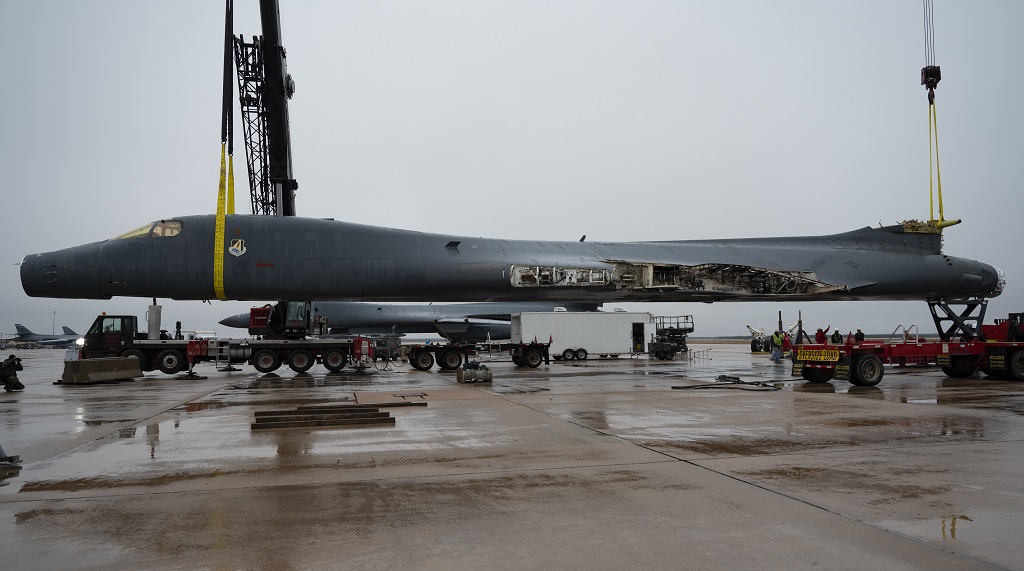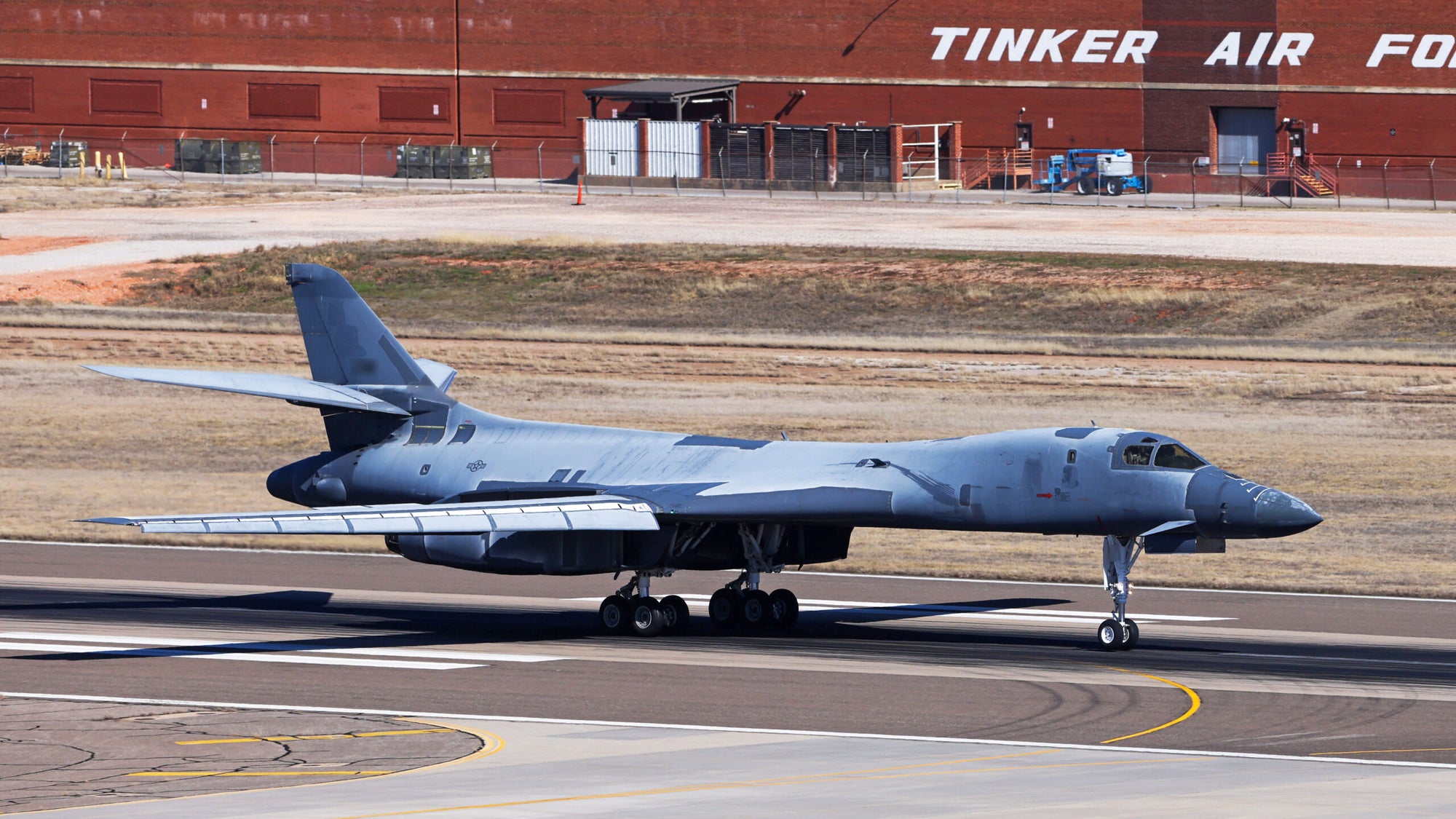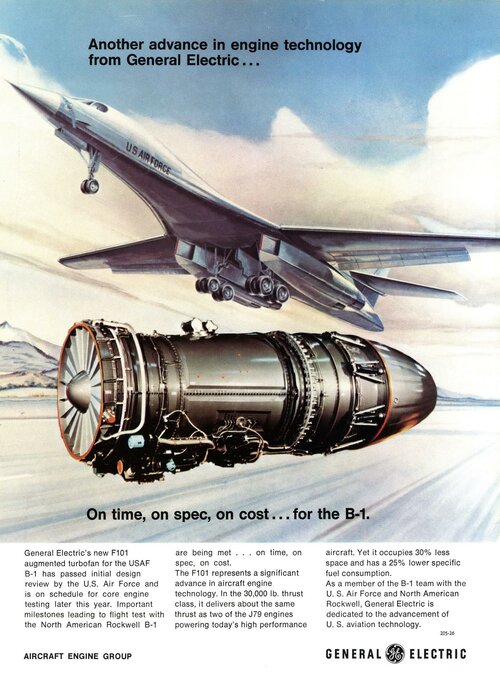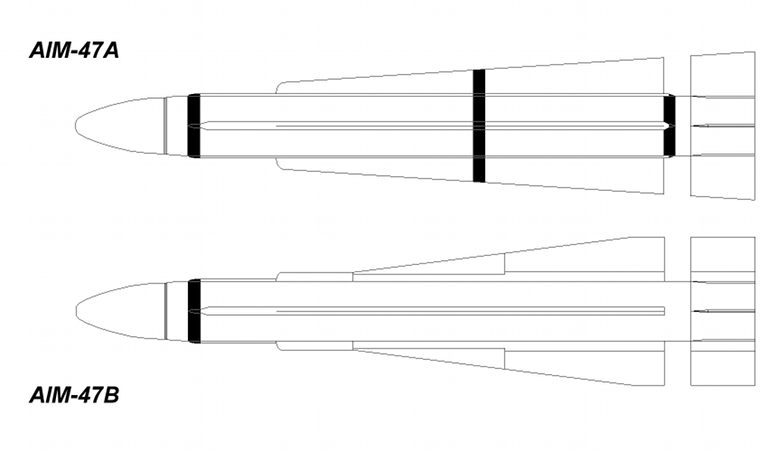There is a link here or in the B-52 re-engined thread where we can see how they carefully strip all parts out of the airframe cautiously, pulling out rivets after rivets before 3D scanning, testing and reverse engineering the thing.
I can ensure you that with this method, plus a cautious re-integration strategy (that might involve new parts), you can end up very easily with something that got better structural behavior than the original parts or assembly.
We have 40 years of engineering advance where extensive engineering can be applied on all parts when that was often time consuming or unachievable before. Hence a better or equal design at the end.
The good sign is the money and the willingness to cross-share the experience with students, keeping them away from coffee/inflated experience internship that has a very disastrous effect on the industry.
No. This looks good.
I can ensure you that with this method, plus a cautious re-integration strategy (that might involve new parts), you can end up very easily with something that got better structural behavior than the original parts or assembly.
We have 40 years of engineering advance where extensive engineering can be applied on all parts when that was often time consuming or unachievable before. Hence a better or equal design at the end.
The good sign is the money and the willingness to cross-share the experience with students, keeping them away from coffee/inflated experience internship that has a very disastrous effect on the industry.
No. This looks good.
Last edited:





